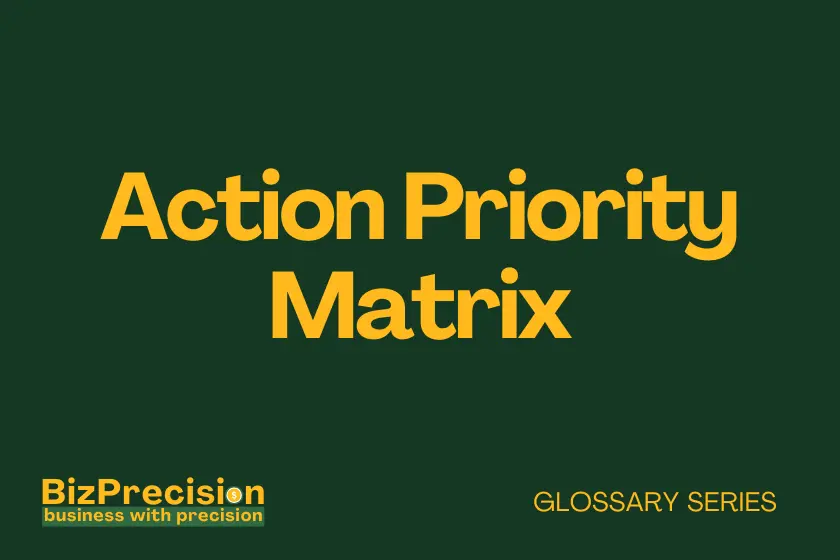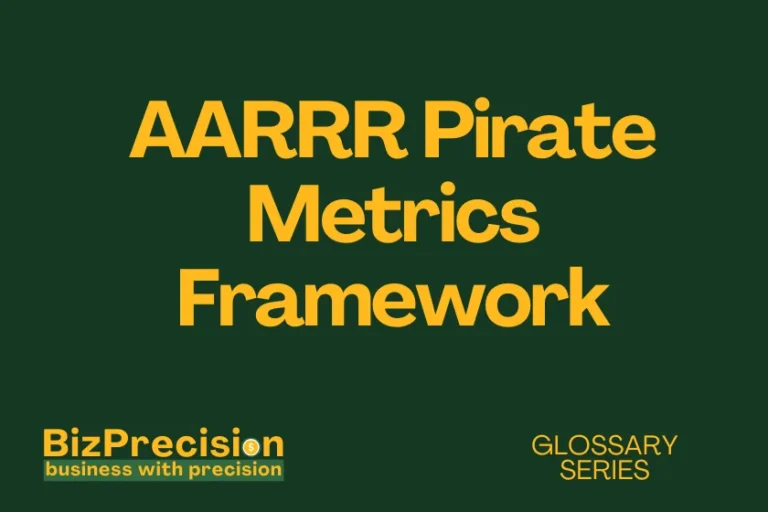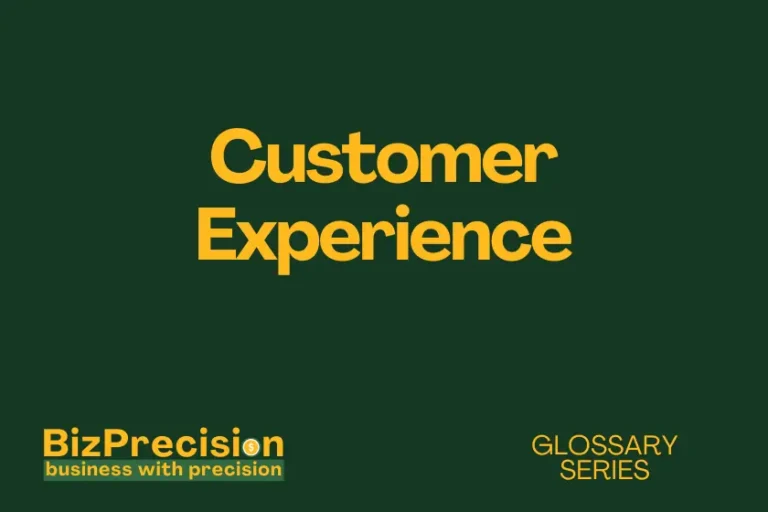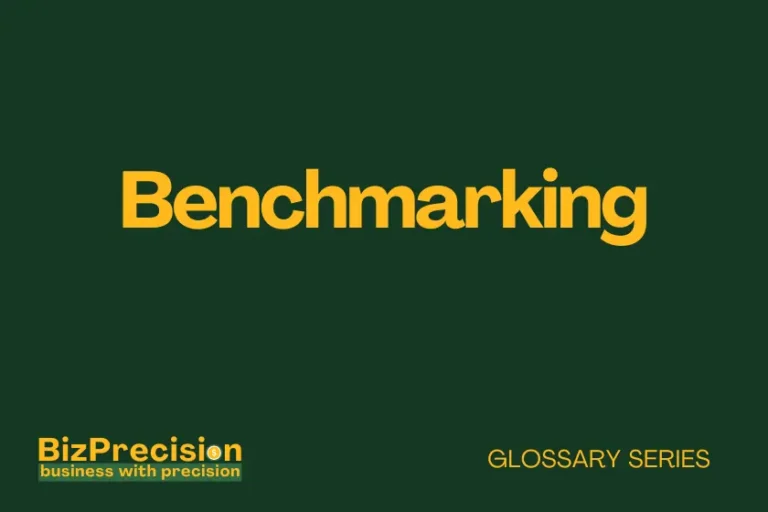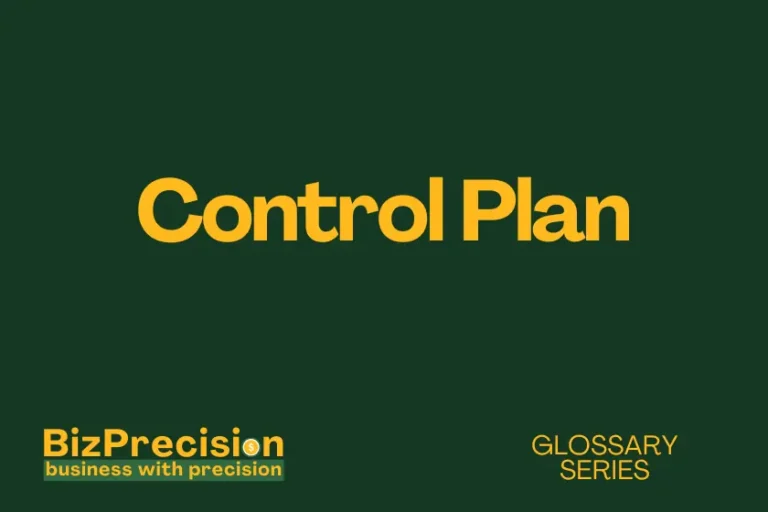What is an Action Priority Matrix?
An Action Priority Matrix is a strategic decision-making tool that helps you organize tasks based on their effort requirements and potential impact.
The Action Priority Matrix transforms complex task management into clear, actionable decisions. According to a 2023 PMI study, teams using prioritization frameworks like the Action Priority Matrix see a 35% improvement in project success rates.
Let’s explore how this practical tool can boost your productivity and help you make smarter choices about where to focus your energy.
Understanding the Action Priority Matrix
Core Components
The Action Priority Matrix splits your tasks into four distinct zones on a simple graph. The vertical axis measures impact, while the horizontal axis tracks effort needed.
Your tasks will fall into these key areas:
- Quick Wins (High Impact, Low Effort): These tasks deserve your immediate attention. For example, sending a crucial client proposal that’s already drafted requires minimal effort but could land a major contract. Research shows quick wins boost team morale and create momentum for bigger projects.
- Major Projects (High Impact, High Effort): These tasks need careful planning and resources. Think of launching a new product line – it takes significant work but could transform your business. Studies indicate that well-executed major projects can drive up to 40% of company growth.
- Fill-Ins (Low Impact, Low Effort): These tasks maintain daily operations. Updating your contact list or organizing files might not change your business, but they keep things running smoothly. Data shows that organized businesses save an average of 4 hours per employee weekly.
- Thankless Tasks (Low Impact, High Effort): These tasks need evaluation. Consider outsourcing or automating them. A Harvard Business Review study found that companies waste 21% of their productive time on low-value, high-effort activities.
Matrix Categories
Understanding each category helps you make better choices about task timing and resource allocation:
Quick Wins:
- Perfect for building momentum and showing fast results
- Ideal for new team members learning the ropes
- Great for boosting confidence and motivation
Each quick win builds credibility with stakeholders and creates positive energy for tackling bigger challenges.
Major Projects:
- Require detailed planning and dedicated resources
- Need clear milestones and progress tracking
- Demand strong team coordination and support
Research by Gartner shows that successful major projects typically start with small, achievable phases to maintain momentum.
Fill-Ins:
- Keep operations running smoothly
- Can be scheduled during low-energy times
- Help maintain organizational health
These tasks, while not glamorous, prevent small issues from becoming big problems later.
Thankless Tasks:
- Prime candidates for automation or delegation
- Often reveal process inefficiencies
- May need cost-benefit analysis
Smart managers regularly review these tasks to find opportunities for process improvement or elimination.
What is an Action Priority Matrix? A Complete Guide
“An Action Priority Matrix is a strategic decision-making tool that helps you organize tasks based on their effort requirements and potential impact.”
The Action Priority Matrix transforms complex task management into clear, actionable decisions. According to a 2023 PMI study, teams using prioritization frameworks like the Action Priority Matrix see a 35% improvement in project success rates.
Let’s explore how this practical tool can boost your productivity and help you make smarter choices about where to focus your energy.
Understanding the Action Priority Matrix
Core Components
The Action Priority Matrix splits your tasks into four distinct zones on a simple graph. The vertical axis measures impact, while the horizontal axis tracks effort needed.
Your tasks will fall into these key areas:
- Quick Wins (High Impact, Low Effort): These tasks deserve your immediate attention. For example, sending a crucial client proposal that’s already drafted requires minimal effort but could land a major contract. Research shows quick wins boost team morale and create momentum for bigger projects.
- Major Projects (High Impact, High Effort): These tasks need careful planning and resources. Think of launching a new product line – it takes significant work but could transform your business. Studies indicate that well-executed major projects can drive up to 40% of company growth.
- Fill-Ins (Low Impact, Low Effort): These tasks maintain daily operations. Updating your contact list or organizing files might not change your business, but they keep things running smoothly. Data shows that organized businesses save an average of 4 hours per employee weekly.
- Thankless Tasks (Low Impact, High Effort): These tasks need evaluation. Consider outsourcing or automating them. A Harvard Business Review study found that companies waste 21% of their productive time on low-value, high-effort activities.
Matrix Categories
Understanding each category helps you make better choices about task timing and resource allocation:
Quick Wins:
- Perfect for building momentum and showing fast results
- Ideal for new team members learning the ropes
- Great for boosting confidence and motivation
Each quick win builds credibility with stakeholders and creates positive energy for tackling bigger challenges.
Major Projects:
- Require detailed planning and dedicated resources
- Need clear milestones and progress tracking
- Demand strong team coordination and support
Research by Gartner shows that successful major projects typically start with small, achievable phases to maintain momentum.
Fill-Ins:
- Keep operations running smoothly
- Can be scheduled during low-energy times
- Help maintain organizational health
These tasks, while not glamorous, prevent small issues from becoming big problems later.
Thankless Tasks:
- Prime candidates for automation or delegation
- Often reveal process inefficiencies
- May need cost-benefit analysis
Smart managers regularly review these tasks to find opportunities for process improvement or elimination.
Implementing the Action Priority Matrix
Step-by-Step Creation Process
Creating your first Action Priority Matrix doesn’t need to be complex. Follow these proven steps:
- List All Tasks: Write down everything you need to do. Keep in mind that managers who document tasks thoroughly report 27% better resource allocation, according to a McKinsey workplace study. Each task should be specific and measurable.
- Rate Impact Level: Score each task’s potential benefit to your goals. Recent project management data shows that high-impact tasks typically affect at least three business objectives. Consider both short-term wins and long-term value.
- Assess Effort Required: Estimate the resources needed for each task. Project Management Institute research indicates that teams often underestimate effort by 20%. Be realistic about time, money, and personnel needs.
This structured approach helps you see the big picture while managing details effectively.
Common Applications
The Action Priority Matrix shines in various business situations:
Project Management:
- Select which features to develop first in software updates
- Choose marketing campaigns to launch
- Decide facility improvement priorities
Companies using priority matrices for project selection report 40% fewer failed initiatives.
Resource Allocation:
- Assign team members to most valuable tasks
- Plan budget distribution effectively
- Schedule equipment and facility usage
Studies show proper resource allocation can increase productivity by up to 25%.
Best Practices
Success with the Action Priority Matrix depends on following these key guidelines:
- Update Regularly: Review your matrix weekly. Teams that update priorities weekly complete 30% more high-impact tasks than those who don’t. This keeps everyone focused on what matters most.
- Get Team Input: Include feedback from those doing the work. Research shows that teams with shared input in priority setting are 45% more likely to meet project goals. Their practical insights improve accuracy.
- Avoid Common Pitfalls: Don’t try to make everything urgent. The most effective teams limit “high priority” tasks to 20% of total work. This prevents burnout and maintains focus.
Benefits and Strategic Value
Productivity Enhancement
Using an Action Priority Matrix leads to clear productivity gains:
Time Management:
- Reduces time spent on low-value tasks by 40%
- Increases focus on high-impact activities
- Creates clearer daily schedules
Companies using priority matrices save an average of 6 hours per week per employee.
Business Impact
The strategic benefits are substantial and measurable:
- Project Success Rates: Organizations using priority matrices see a 35% higher project completion rate. Clear priorities lead to better execution.
- Resource Optimization: Teams waste 50% less time on low-priority work. This creates more capacity for growth initiatives.
- Performance Tracking: Businesses track progress more effectively, with 28% better alignment between daily tasks and strategic goals.
Risk Management
Smart prioritization helps manage business risks effectively:
- Project Risks: Clear priorities reduce the chance of missing crucial deadlines. Teams report 40% fewer missed milestones.
- Resource Risks: Better allocation prevents burnout. Companies see a 25% reduction in stress-related issues.
- Strategic Risks: Focused effort on high-impact work protects market position. Businesses maintain 30% better strategic alignment.
Conclusion
The Action Priority Matrix transforms busy work into strategic progress. Start using it today to focus your energy where it matters most. Remember, effective prioritization isn’t about doing everything – it’s about doing the right things.
Take these next steps:
- Create your first matrix with current tasks
- Share it with your team for input
- Set a weekly review schedule
Your success depends not on how much you do, but on doing what counts most.

